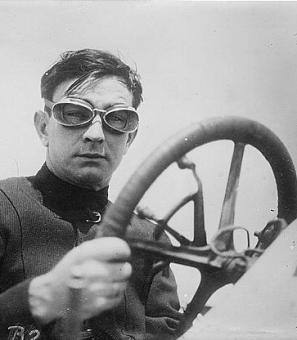Chasing Down George Washington's Chef: Hercules Posey and the Historical Archive
The coolest thing about doing history is the part where you get to put on your deerstalker hat, grab your magnifying glass, and become a detective. Most of the work that we do involves piecing together clues from old newspapers, discoveries at archaeological digs, oral histories from witnesses, and anything else that might give a hint as to what exactly happened in the past. Through this process, we can often recreate fascinating stories riddled with captivating details which link us to the people and places that came before.
Sometimes, though, we get it wrong.
That is the case with the story of Hercules Posey, George Washington’s enslaved cook who is widely considered one of America’s first celebrity chefs. As early as the 19th century, historical evidence about him was being misinterpreted and then spread among the American public. Fortunately, we historians can also redeem ourselves through further detective work. Many researchers have worked to correct the record of this amazing man’s story in the past twenty years so that we can remember him better.
Little is known about Hercules’s early life, though he probably came to Mount Vernon between the ages of 16 and 20. He was originally owned by Washington’s neighbor, John Posey, who was “a heavy drinker” and a “profligate.”1 Posey found himself deeply in debt and mortgaged a group of 26 slaves, including Hercules, to Washington in 1765. Sometime in the next few years, Washington came to own Hercules outright and set him to learning the art of cooking from Old Doll and Nathan, Mount Vernon’s enslaved cooks. Evidently, Hercules picked up the skills quickly, as by 1786, he was chief cook at Mount Vernon.
In the interim, Hercules had married a dower slave (belonging to the estate of Martha Washington's late first husband, Daniel Parke Custis) named Alice in 1777. Alice worked as a seamstress and must have suffered some sort of physical disability, as she was referred to as “Lame Alice.” The couple had three children, Richmond, Evey, and Delia, before Alice died in 1787.2
The Washingtons moved up to New York in 1789 as the first President and First Lady of the new United States. Hercules was left home at Mount Vernon – for now. George Washington, having become accustomed to Hercules’s cooking, found himself dissatisfied with the white cooks in the presidential residences in New York and, beginning in 1790, Philadelphia. He decided to have Hercules brought north to cook for him and his new government.
Enslaved cooks held a special place in the plantation household. It was not an easy job. Modern chef and amateur historian Martin Draluck describes the work:
“These round the clock jobs required a strong mind, body and soul. One needed physical strength to maneuver the heavy cast iron pots and pans filled with hot fats, stocks, and boiling water; mental toughness to endure the thousand degree heat of the hearth, or the smell of butchered animals in a time lacking the knowledge of sanitation; and a strong soul to produce beautifully flavored, nourishing, multi-coursed meals while still enduring the everyday rigors of slavery.”3
Their work was critical to the survival – and joy – of both the white family and the rest of the enslaved population. This responsibility often “allowed for labor negotiations and individual agency” that others did not have.4 Hercules used that leeway to persuade Washington to allow his son Richmond to accompany him to Philadelphia. The President agreed, “not from [Richmond’s] appearance or merits I fear, but because he was the Son of Herculas [sic] & his desire to have him as an assistant.”5
In Philadelphia, Hercules made a name for himself. George Washington Parke Custis, Washington's step-grandson, recorded the personality and reputation of the talented chef with a description which prompted one modern writer to compare him to Gordon Ramsay:6
The chief cook gloried in the cleanliness and nicety of his kitchen. Under his iron discipline, wo to his underlings if a speck or spot could be discovered on the tables or dressers, or if the utensils did not shine like polished silver. With the luckless wights who had offended in these particulars there was no arrest of punishment, for judgment and execution went hand in hand.7
It is worth noting that those “luckless wights” were part of a team of eight people who labored under Hercules, including enslaved and free blacks, and free whites. His mastery over his kitchen gained Hercules the privilege of creating the unique visual identity which contributed to his fame. He was allowed to sell the kitchen scraps from the Washingtons’ table which earned him “from one to two hundred dollars a year” – the equivalent of a hired cook – which he used to outfit himself in a fashion much grander than his enslaved associates.8
Once the dinner was finished and as the steward served it, “the chief cook retired to make his toilet for an evening promenade…Though homely in person, he lavished the most of these large avails [his earnings] upon dress. In making his toilet his linen was of unexceptionable whiteness and quality, then black silk shorts, ditto waistcoat, ditto stockings, shoes highly polished, with large buckles covering a considerable part of the foot, blue cloth coat with velvet collar and bright metal buttons, long watch-chain dangling from his fob, a cocked-hat and gold-headed cane completed the grand costume of the celebrated dandy…of the president’s kitchen.”9
Once dressed, Hercules went for his walk up Market Street, where bystanders would watch, follow, and even bow to him, hoping to be noticed.
Unfortunately, Hercules’s son was not as dedicated to a great public reputation as his father. On one of the Washingtons’ visits to Mount Vernon in 1796, Richmond was caught stealing money. Washington was greatly displeased and wrote to William Pearce, his farm manager, to be more careful about both father and son.
“I hope Richmond was made an example of, for the Robbery he committed on Wilkes Saddle bags. I wish he may not have been put upon it by his father (although I never had any suspicion of the honesty of the latter) for the purpose of a journey together. This will make a watch, without its being suspected by, or intimated to them, necessary.”10
Just a few months earlier, Ona Judge, Martha’s ladies maid, had escaped from slavery, and Washington did not want to see another of his valuable assets disappear. After Richmond’s theft, Hercules no longer worked as the presidential chef. He became a common laborer at Mount Vernon, doing a number of different tasks including “working alongside the enslaved steward Frank and footman Cyrus in the garden and digging clay for bricks.”11 A severe demotion.
A few months later, much to Washington’s frustration, Hercules disappeared from the Virginia plantation. The President activated his political and social networks to locate the valuable chef even as he scrambled to find a replacement. “The running off of my Cook,” he wrote, “has been a most inconvenient thing to this family.”12
He didn’t have any luck though. “We have never heard of Herculas our Cook since he left this; but little doubt remains in my mind of his having gone to Philadelphia, and may yet be found there, if proper measures were employed to discover (unsuspectedly, so as not to alarm him) where his haunts are.”13 Washington was still unsure of Hercules’s whereabouts at the time of his death in 1799. In 1801, Martha Washington freed all of her husband’s slaves according to the terms of his will. This included Hercules, wherever he was.
Later that year, the widowed Martha received a letter from the Mayor of New York City, Richard Varick. He had seen Hercules in Manhattan and wanted to know if Mrs. Washington wanted him returned.14 She declined, writing that she had “found a white cook who answers just as well.”15 Perhaps she had forgotten the “endless time” she spent complaining about cooks after Hercules left.16
But what happened to Hercules beyond that Manhattan sighting? This is where the detective work comes in.
One of the first misconceptions about Hercules’s life is that he escaped from the President’s Mansion in Philadelphia. This comes from the 1933 book Private Affairs of George Washington by Stephen Decatur, a descendant of Washington’s secretary, Tobias Lear. He wrote that Hercules “was so captivated with the delights of Philadelphia that in 1797, on the day Washington left the city to retire to private life at the end of his second term, he ran away rather than return to Mount Vernon.”17
In 2009, Mount Vernon historian Mary V. Thompson found first-hand records of Hercules’s escape in a farm report. Rather than running from Philadelphia as had been believed for 80 years or more, Hercules left from Mount Vernon on February 22, 1797, Washington’s 65th birthday. He likely took advantage of the celebrations as a distraction from his absence.18
After his flight from Mount Vernon and being sighted in New York, there has been much speculation about where Hercules headed next. One suggestion is that he made his way to England. A well-known English 18th-century portrait in the collection of the Museo Thyssen-Bornemisza in Madrid, Spain bore the title Portrait of George Washington’s Cook and was attributed to Gilbert Stuart, artist of one of the most famous portraits of George Washington himself. While the provenance of the painting meant that this information was not certain, it is what scholars and the public alike have believed for several decades.
The Museo Thyssen-Bornemisza loaned the portrait to Mount Vernon for an exhibit in 2017 and art historians, curators, and conservators took the opportunity to examine the painting to see if more information could be gleaned from the brush strokes. The conclusion was clear: this was not a painting of Hercules. Neither was it a Gilbert Stuart piece, or even a portrait of a chef. Instead, it was likely a picture of someone from the island of Dominica.19 Since this discovery, the Museo Thyssen-Bornemisza has been conducting further research into the mystery painting.
The fascinating reinterpretation also invalidated – or at least brought into question – the thought that Hercules went to England after his self-emancipation.
Ramin Ganeshram, executive director of the Westport Historical Society in Connecticut, was getting ready to publish her novel The General’s Cook, following Hercules’s story, when the news about the painting broke. She like, most other historians, had believed what was written in the portrait’s title and even planned to use it for the cover of her book. She had poured years of research into Hercules’s life but had still been left to speculate about what happened after he disappeared from Mount Vernon. With this new information, she decided to give it one more shot.
Sarah Krasne, archives manager of the WHS and talented genealogist, agreed to look into it. Like any good genealogist, she asked for his last name. Ganeshram hadn’t come across a last name in her research, not an unusual thing for an enslaved person. What about his enslaver’s last name then? He wouldn’t have used Washington right after running from the First Family, but maybe Posey, his owner from long ago.
Krasne found Hercules Posey in the death records of New York City. He was the only one of that name and his birthplace was listed as Virginia. Further records described him as a laborer and a cook. It had to be Hercules. He died of tuberculosis on May 15, 1812 at about 65 years old and was buried in the Second African Burying Ground on Chrystie Street, where he likely still rests below the pavement of the street or sidewalks.20
After Hercules left Mount Vernon, future king of France Louis Philippe visited the Washingtons and noted the mediocre quality of the food. While he was there, his manservant “interviewed Hercules’s six-year-old daughter about the former chef’s whereabouts…The servant ‘ventured that the little girl must be deeply upset that she would never see her father again; she answered, Oh! Sir, I am very glad because he is free now.’”21
Wait – did Hercules have another child just a few years before his escape? Probably not. The Duc de Orleans’s valet was likely talking to Evey, who was listed as a “dwarf” in Mount Vernon records.22 Just another example of the misleading nature of the historic record. Good thing we have such dedicated scholars committed to getting it right.
Footnotes
- 1
Brendan Wolfe, “Hercules (b. ca. 1754),” Encyclopedia Virginia, June 16, 2022; Ramin Ganeshram, “George Washington’s 1795 Thanksgiving Celebrated Liberty. But the Chef behind the Feast Had None.,”Washington Post, November 19, 2020.
- 2
Wolfe, “Hercules (b. ca. 1754).”
- 3
“Black Pot Supper Club,” Black Pot Supper Club, accessed July 25, 2024.
- 4
Kelley Fanto Deetz, Bound to the Fire: How Virginia’s Enslaved Cooks Helped Invent American Cuisine (University Press of Kentucky, 2017), 58.
- 5
George Washington, “22 November 1790: George Washington to Tobias Lear,” November 22, 1790.
- 6
Ramin Ganeshram, “Bringing to Light the Cuisine of Hercules Posey, George Washington’s Enslaved Chef,”The Philadelphia Tribune, April 28, 2024.
- 7
George Washington Parke Custis, Recollections and Private Memoirs of Washington (Philadelphia, J.W. Bradley, 1861), 422.
- 8
Custis, 423.
- 9
Custis, 423.
- 10
George Washington, “14 November 1796: George Washington to William Pearce” (University of Virginia Press, November 14, 1796).
- 11
Ramin Ganeshram, “Hercules Posey,” George Washington’s Mount Vernon, November 16, 2023.
- 12
George Washington, “13 November 1797: George Washington to George Lewis” (University of Virginia Press, November 13, 1797).
- 13
George Washington, “10 January 1798: George Washington to Frederick Kitt” (University of Virginia Press, January 10, 1798).
- 14
Ganeshram, “Hercules Posey.”
- 15
Ganeshram, “George Washington’s 1795 Thanksgiving.”
- 16
“Intertwined Stories: Finding Hercules Posey,” Intertwined: The Enslaved Community at George Washington’s Mount Vernon, loc. 0:03:40, accessed July 25, 2024.
- 17
Stephen Decatur, Private Affairs of George Washington (Houghton Mifflin, 1933), 296.
- 18
Ganeshram, “Hercules Posey.”
- 19
Jessie MacLeod, “Mistaken Identity,” George Washington’s Mount Vernon, accessed July 25, 2024.
- 20
Ramin Ganeshram, “Art Fraud , A 218-Year Old Cold Case, and the History Detectives From WHS,” Westport Museum for History and Culture, May 15, 2019.
- 21
Wolfe, “Hercules (b. ca. 1754).”
- 22
Ganeshram, “Hercules Posey.”



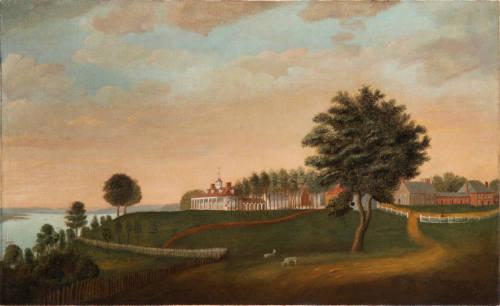
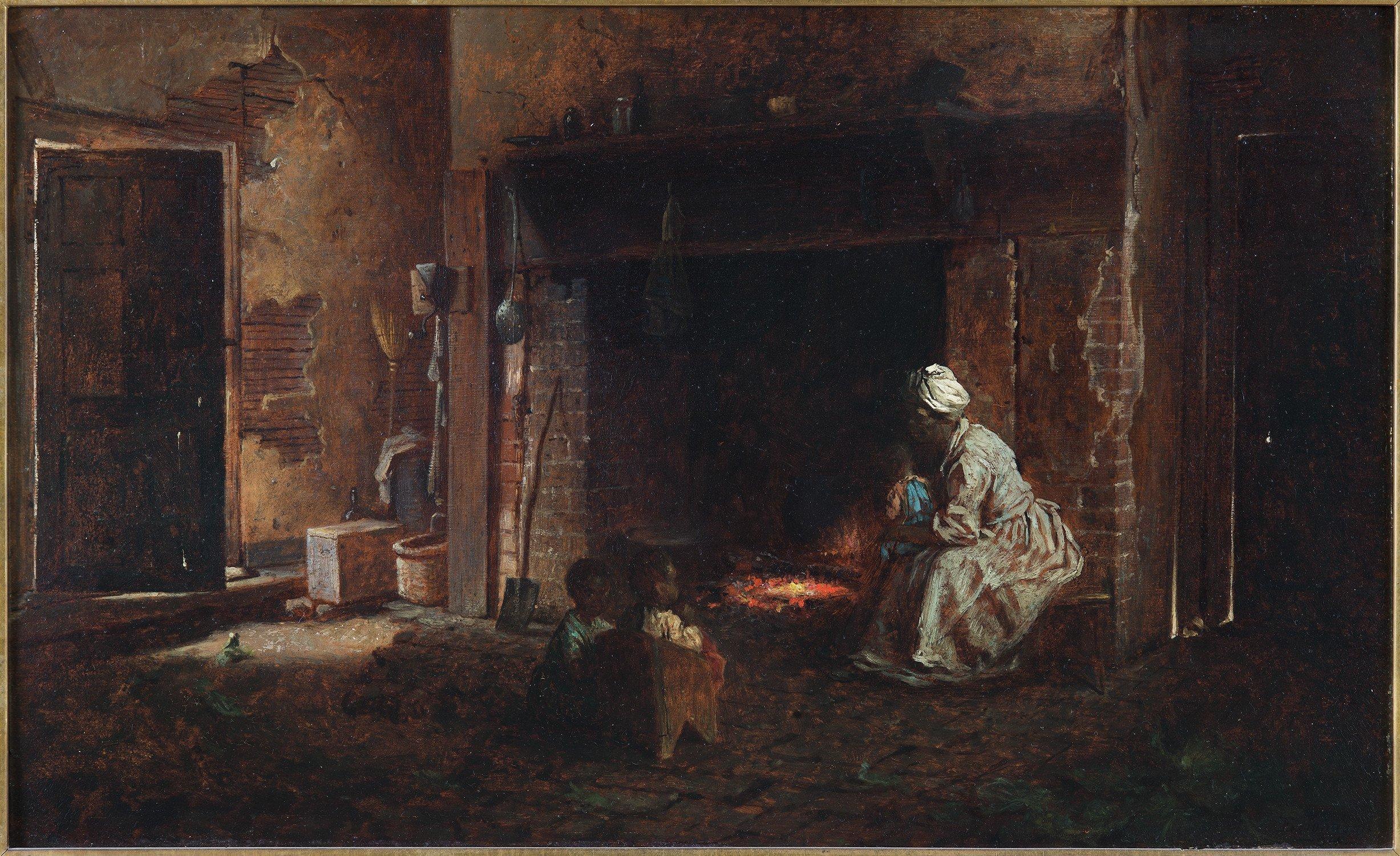
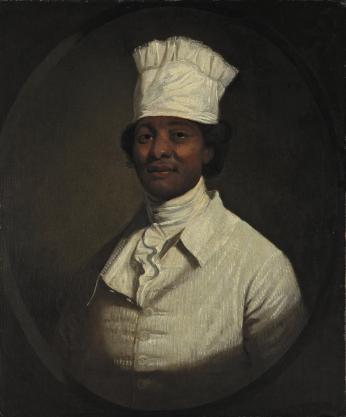
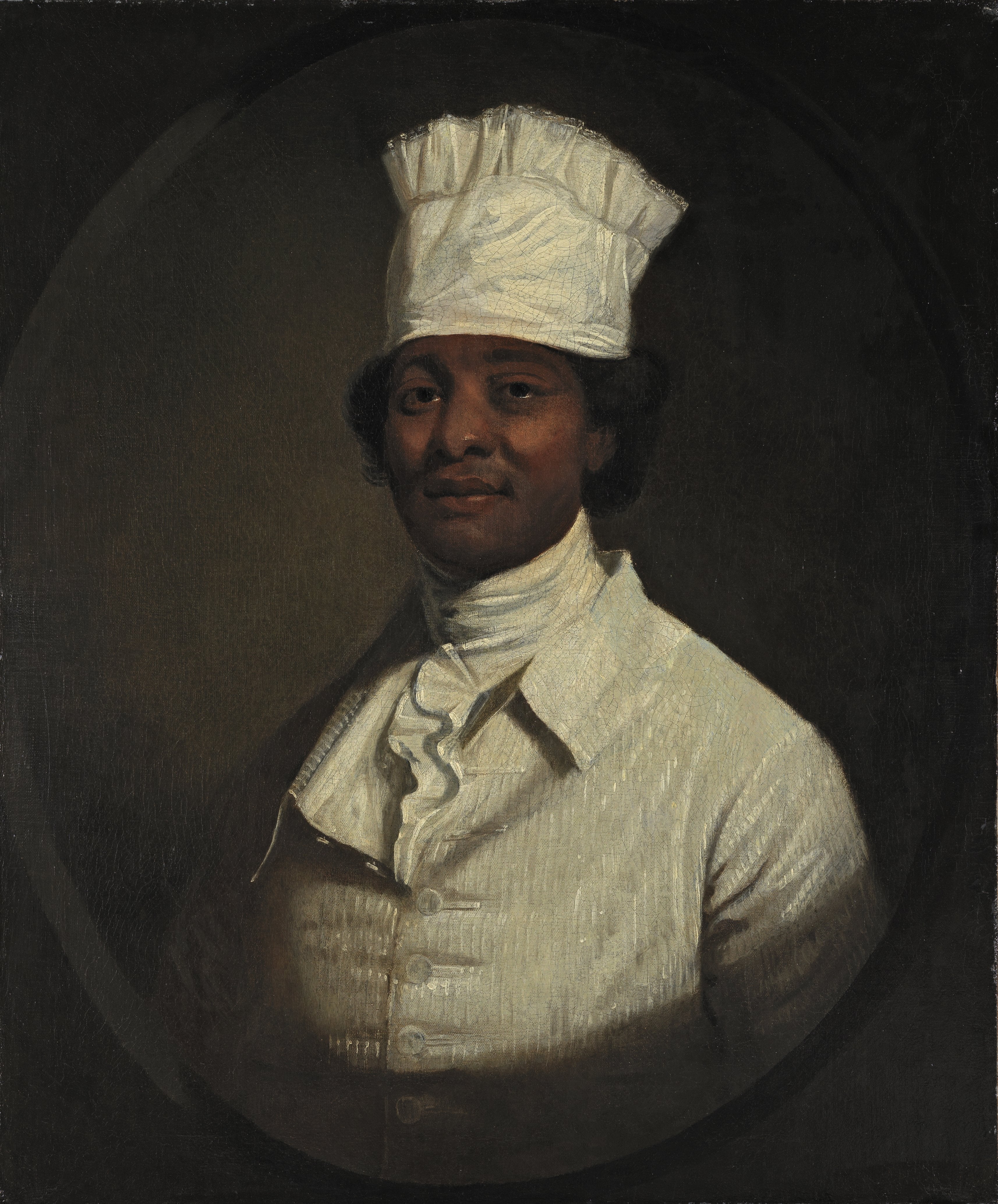
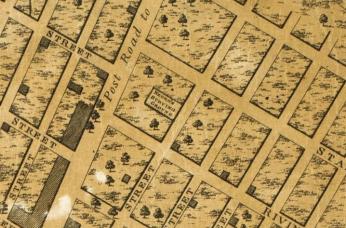
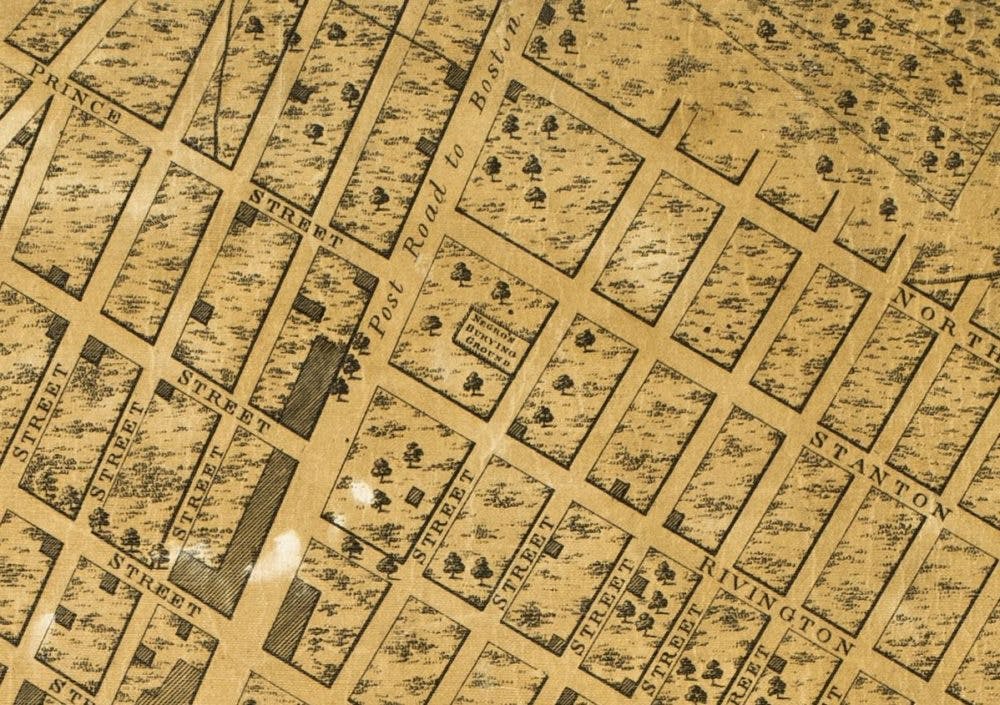
![Newspaper advertisement for Ona Judge, runaway slave [Source: Encyclopedia Virginia]](/sites/default/files/styles/crop_320x320/public/2024-05/Ona%20Judge%20-%20Runaway%20Ad.jpg?h=10a38b52&itok=0_-DEpCm)
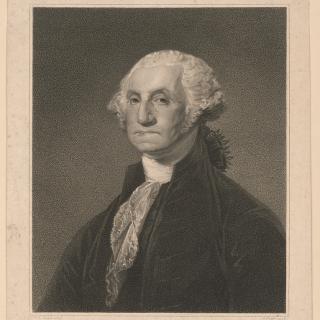
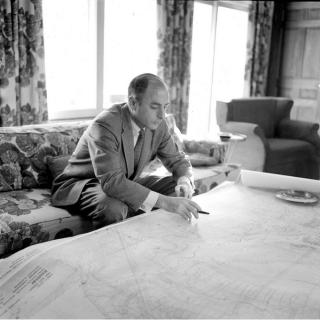
![Sketch of the mythical fuan by Pearson Scott Foresman. [Source: Wikipedia]](/sites/default/files/styles/crop_320x320/public/2023-10/Goatman_Wikipedia_Faun_2_%28PSF%29.png?h=64a074ff&itok=C9Qh-PE1)











